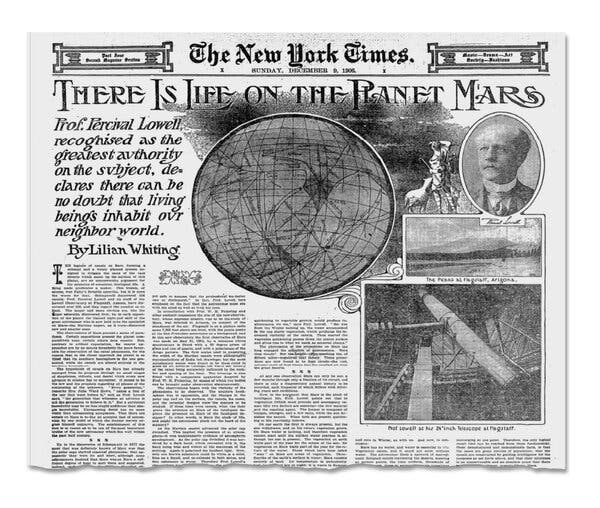Mars continues to captivate popular culture, from animated characters like Marvin the Martian to nostalgic references such as the now-closed themed restaurant in Manhattan.
The planet has recently regained attention as figures like Elon Musk aim to establish human colonies there within the next decade. NASA has sent numerous robotic missions and plans to send astronauts despite the planet’s harsh and frigid environment.
Against this backdrop, science writer David Baron offers a concise and illuminating book that traces the origins of society’s fascination with Mars. Set during the Gilded Age, the narrative unfolds through the lenses of prominent observatories while reflecting the cultural atmosphere when terms like “visionary” carried a skeptical tone.
Distinct from the fictional novel “The Martian,” Baron’s “The Martians” recounts the true story of a fervent group of astronomers and enthusiasts around the early 1900s who believed they had discovered unmistakable signs of life far beyond Earth.
Their excitement permeated American society, influencing advertisements, theater productions, and social gatherings. Newspapers ranging from sensationalist tabloids to respected outlets regularly featured speculative reports about the red planet as though they were established facts.


0 Comments
No comments yet. Be the first to comment!